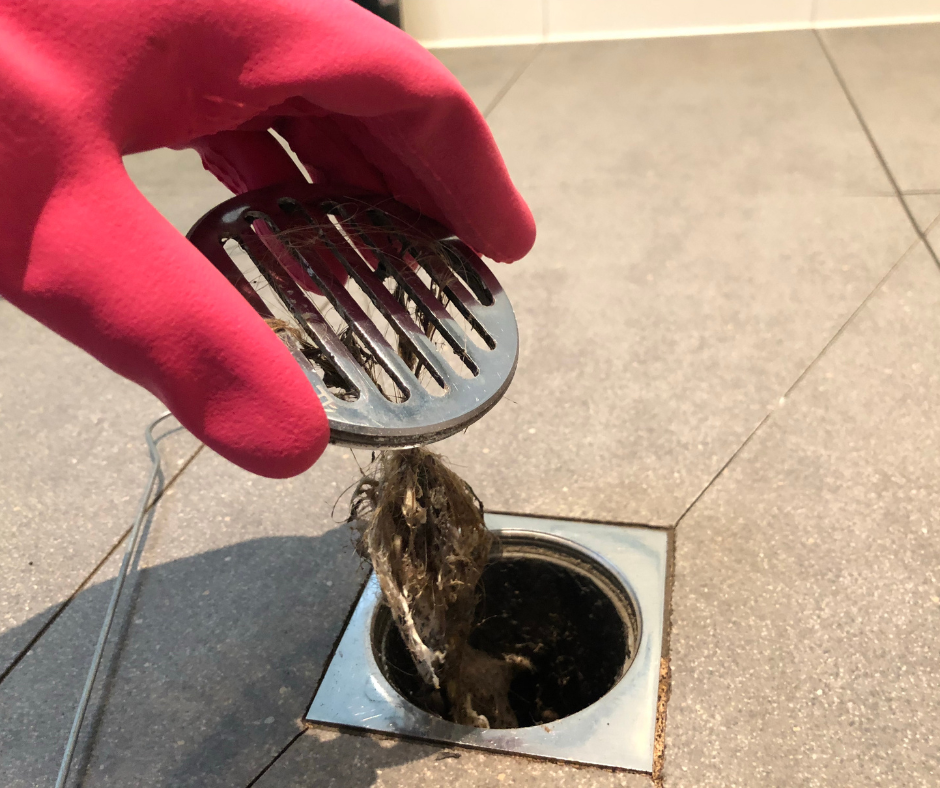Proudly Serving the Phoenix Metro Area
11 Ways to Save Water and Money in Your Home
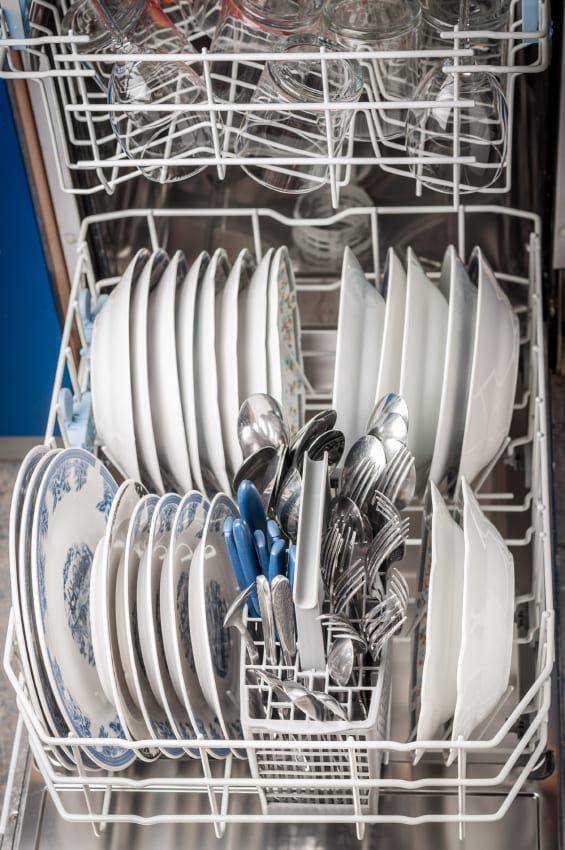
Trying to save water in Phoenix is more important than in other places around the country because of our climate so we thought you might appreciate some easy to implement tips. One of the most important ways to save money in your home is to conserve your water use and identify leaks in your home plumbing system. Everyone knows the traditional ways to save water, such as turning the water off while brushing your teeth and taking shorter showers, but there are other ways to save money while also being environmentally responsible. Below is a list of 11 ways to save water and money in your home.
1. Check faucets, toilets, and pipes for leaks
A small drip from a worn faucet washer can waste 20 gallons of water per day. Larger leaks can waste hundreds of gallons. If you want to perform a leak detection, check out our blog that walks you through the steps here.
2. Don’t use the toilet as an ashtray or wastebasket
Every time you flush a cigarette butt, facial tissue or another small bit of trash, five to seven gallons of water is wasted.
3. Install water-saving shower heads and faucets
Inexpensive water-saving low-flow shower heads and faucets are easy for the homeowner to install. Also, long, hot showers can use five to ten gallons every unneeded minute. Limit your showers to the time it takes to soap up, wash down and rinse off. “Low-flow” means it uses less than 2.5 gallons per minute.
4. Put plastic bottles or float booster in your toilet tank
To cut down on water waste, put an inch or two of sand or pebbles inside each of two plastic bottles to weigh them down. Fill the bottles with water, screw the lids on, and put them in your toilet tank, safely away from the operating mechanisms. Or, buy an inexpensive tank bank or float booster. This may save ten or more gallons of water per day. Be sure at least 3 gallons of water remain in the tank so it will flush properly. If there is not enough water to get a proper flush, users will hold the lever down too long or do multiple flushes to get rid of waste.
5. Insulate your water pipes
It’s easy and inexpensive to insulate your water pipes with pre-slit foam pipe insulation. You’ll get hot water faster plus avoid wasting water while it heats up
6. Rinse your razor in the sink, not with the faucet
Fill the sink with a few inches of warm water. This will rinse your razor just as well as running water, with far less waste of water.
7. Use your dishwasher and clothes washer for only full loads
Automatic dishwashers and clothes washers should be fully loaded for optimum water conservation. Most makers of dishwashing soap recommend not pre-rinsing dishes which is a big water saving.
With clothes washers, avoid the permanent press cycle, which uses an added five gallons for the extra rinse.
8. Minimize use of kitchen sink garbage disposal units
In-sink garbage disposals require lots of water to operate properly and also add considerably to the volume of solids in a septic tank which can lead to maintenance problems. Start a compost pile as an alternate method of disposing of food waste.
9. When washing dishes by hand, don’t leave the water running for rinsing
If you have a double-basin, fill one with soapy water and one with rinse water. If you have a single-basin sink, gather washed dishes in a dish rack and rinse them with a spray device or a pan-full of hot water.
10. Don’t let the faucet run while you clean vegetables
Just rinse them in a stoppered sink or a pan of clean water.
11. Keep a bottle of drinking water in the fridge
Running tap water to cool it off for drinking water is wasteful. Store drinking water in the fridge in a safe drinking bottle.
Water conservation comes naturally when everyone in the family is aware of its importance, and parents take the time to teach children some of the simple ways to save water around the home that can make a big difference.
Recent News
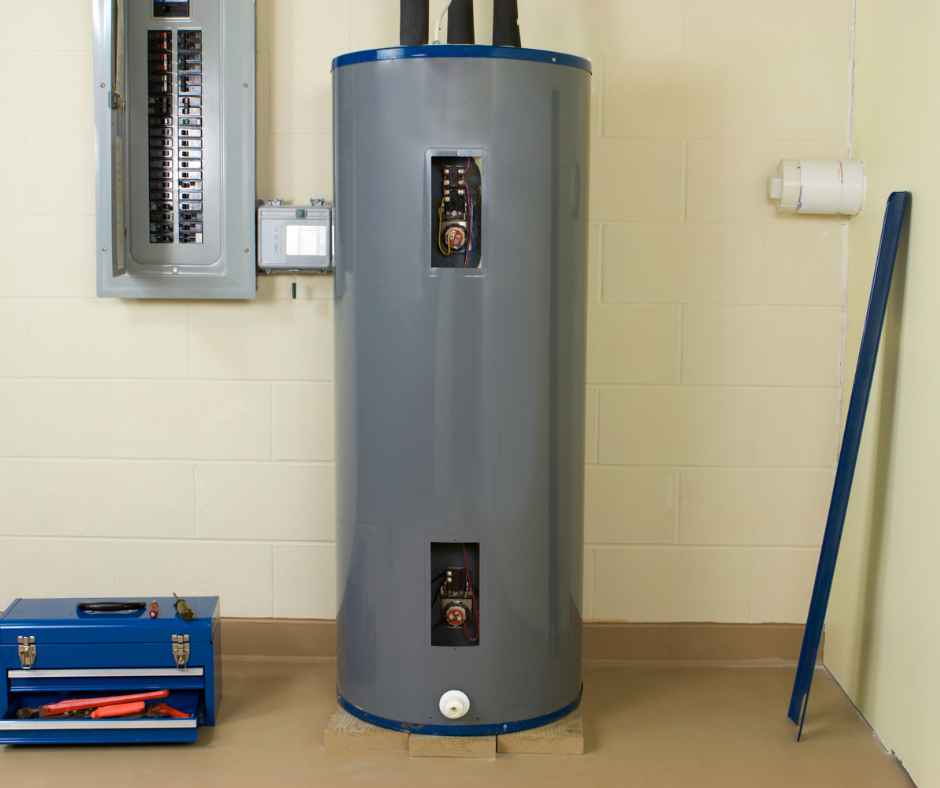
Water Heater Wars: Gas vs. Electric vs. Tankless in the Phoenix Heat
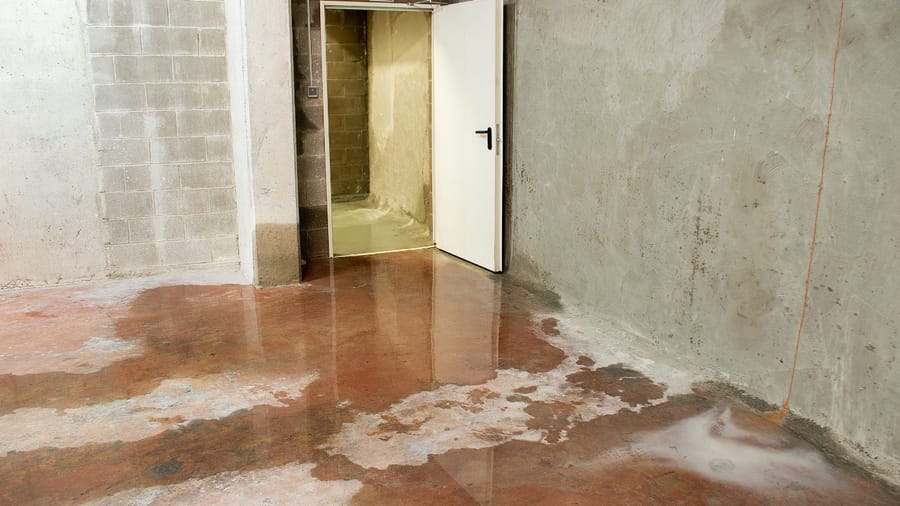
Backflow Prevention 101: Protect Your Family & Save on Repairs
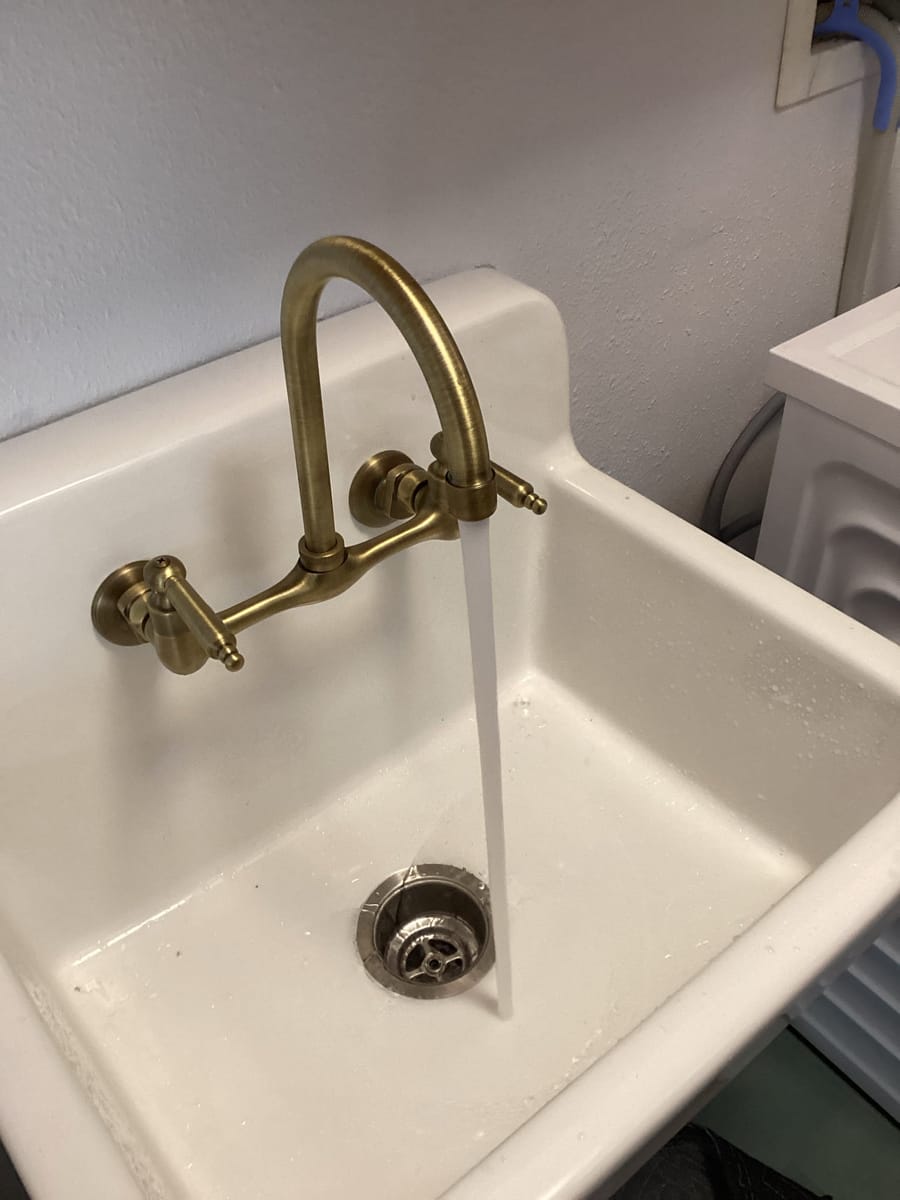
Water Quality in Phoenix: Testing, Filtration & Softeners Explained
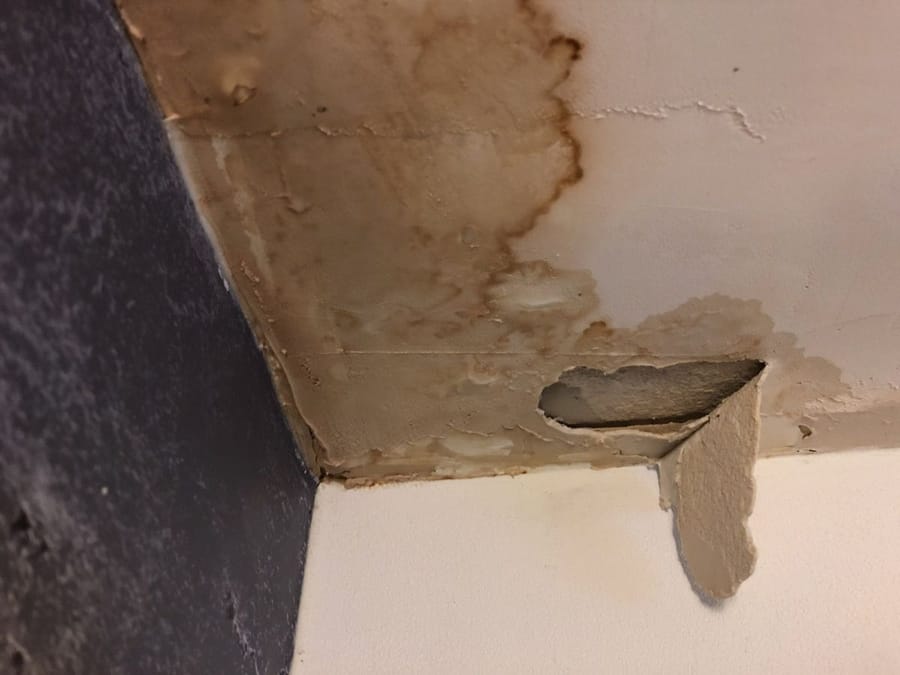
Arizona Summer Plumbing Survival Guide
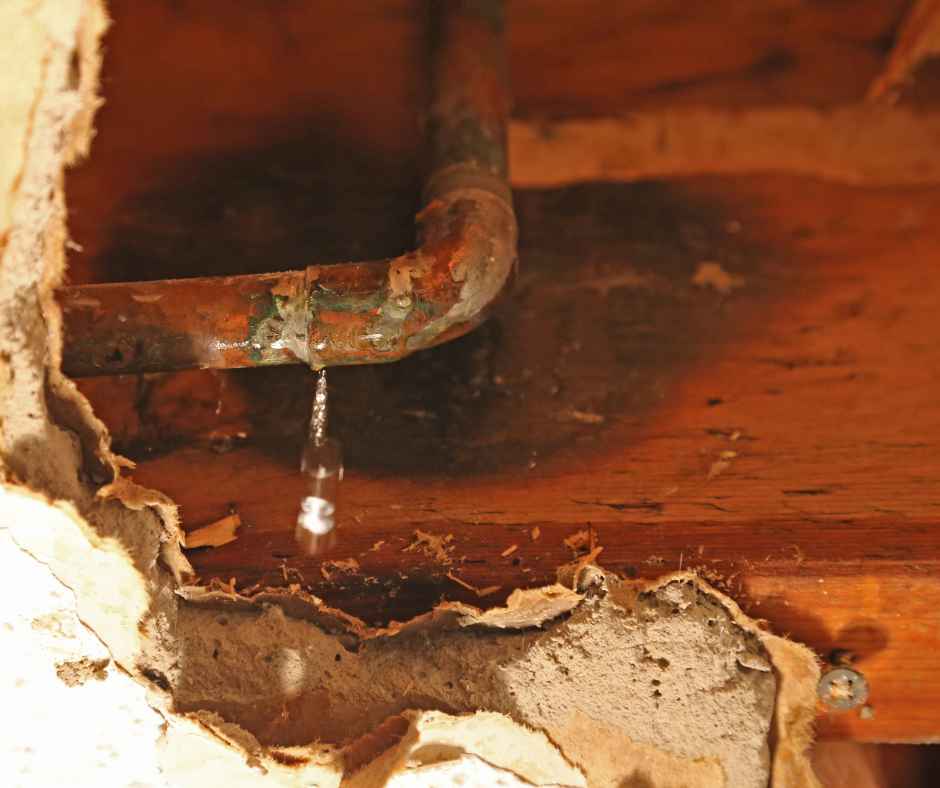
Signs of a Plumbing Leak
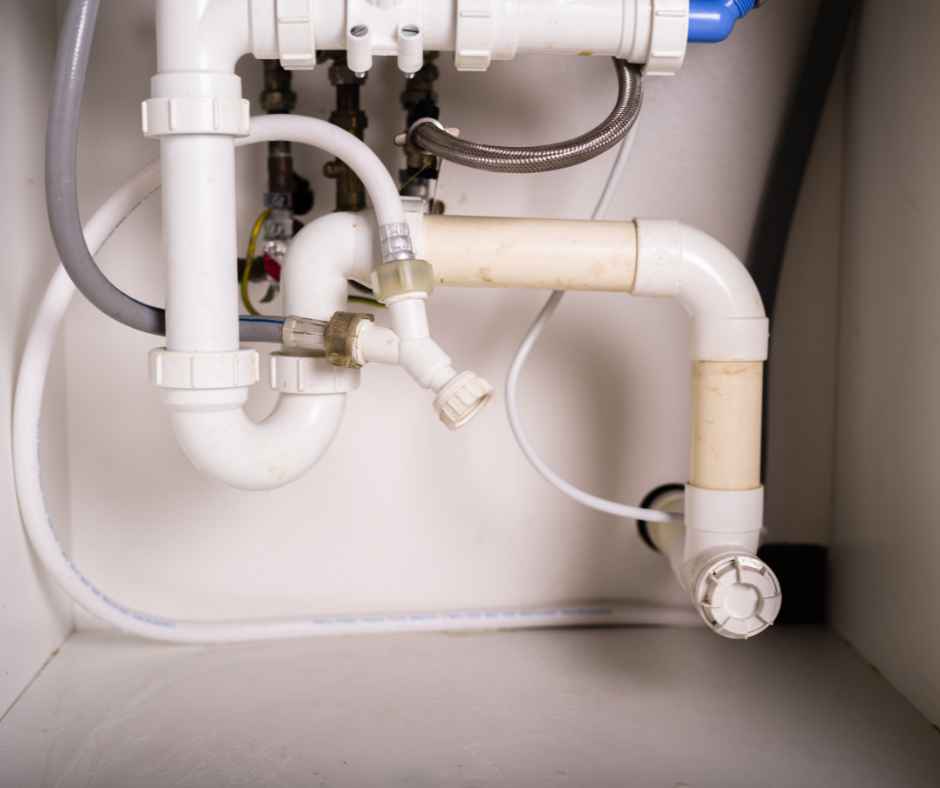
Why Do My Pipes Rattle?
